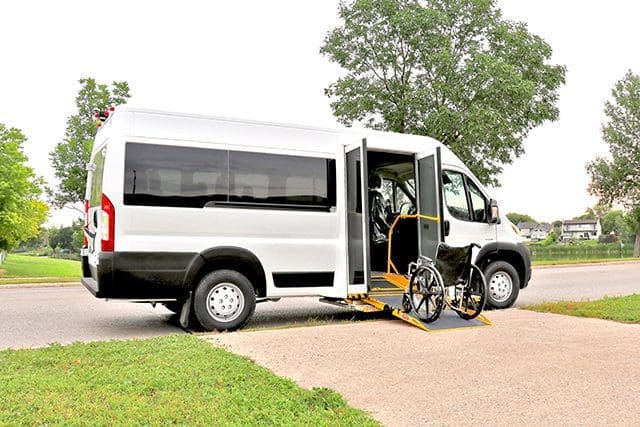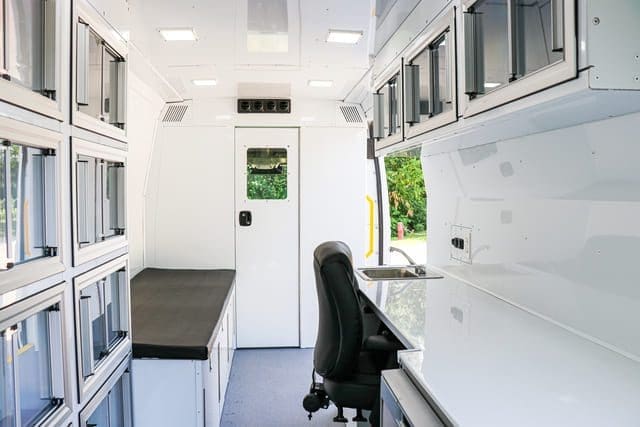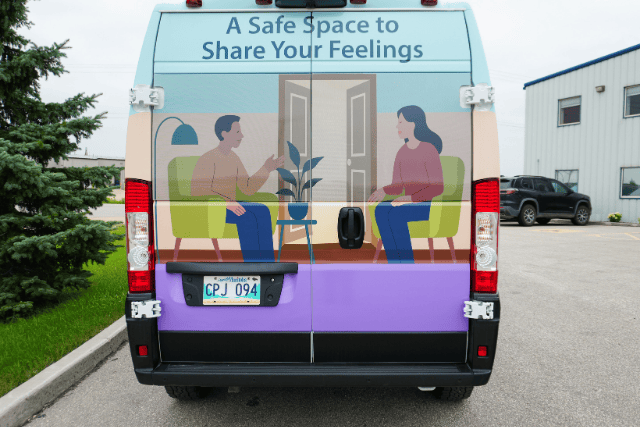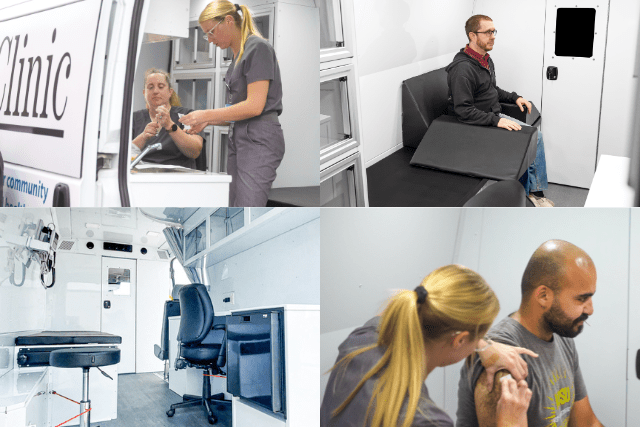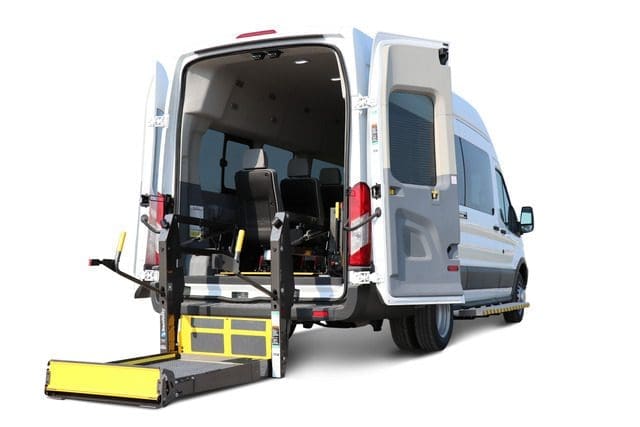Are you looking for a fourgon pour fauteuils roulants but unsure what safety features it should have? It’s a big decision. If the van isn’t safe, your clients could get hurt, and your organization could face serious problems.
Without the right safety features, you risk:
- Injuries: Clients in wheelchairs could slide, tip, or fall during transport.
- Liability issues: If someone gets hurt, your organization could face lawsuits or higher insurance costs.
- Loss of trust: Clients and families need to feel safe. If they don’t, they may go elsewhere, and your organization will get a poor reputation.
A safe wheelchair accessible van protects your clients, keeps your team confident, and helps avoid costly mistakes. The right features make every ride smooth and stress-free.
Au MoveMobilityNous avons dépensé plus de 20 ans building wheelchair vans with safety in mind. Our vans have the Marque nationale de sécurité from Transport Canada and are Ford QVM and Stellantis QPro certified. We’ve worked with organizations across the country to create safe, accessible transportation. While we know we’re not the only manufacturer, we focus on helping organizations like yours remove barriers to mobility.
In this article, you’ll learn about some of the key safety features in our wheelchair vans at MoveMobility. By the end, you’ll know what to look for to keep your clients safe and your organization protected.
Commençons.
What to look for when choosing a safe wheelchair van
Not all wheelchair vans are built the same. If you’re buying one for your organization, safety should be at the top of your list. But what exactly should you look for? Here are two big things to consider.
1. Driver training on wheelchair securement
A fourgon accessible aux fauteuils roulants can have all the right safety features, but if your staff doesn’t know how to use them, passengers could still be at risk. Training on how to properly secure a wheelchair is a must.
Your team should know:
- How to use wheelchair restraints and lap belts correctly.
- The right way to position wheelchairs in the van.
- How to check that everything is locked in place before driving.
When drivers are trained, passengers stay safe, and your organization avoids preventable accidents.
2. The National Safety Mark sticker
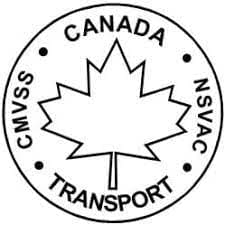
Every MoveMobility van comes with a National Safety Mark sticker from Transport Canada. This proves the van meets strict safety standards. If a van doesn’t have this sticker, your organization is responsible for any safety issues.
En d'autres termes :
- If the van is non-compliant, you are liable, not the manufacturer.
- Without this seal of approval, it could lead to legal and insurance problems if an accident happens.
Before buying a fourgon accessible aux fauteuils roulants, always check for the National Safety Mark sticker and make sure your drivers are trained. These two steps can save you from big headaches down the road.
Next, let’s take a look at six safety features you should look for when purchasing a wheelchair van.
1. Wheelchair restraints: Keeping passengers safe during transport
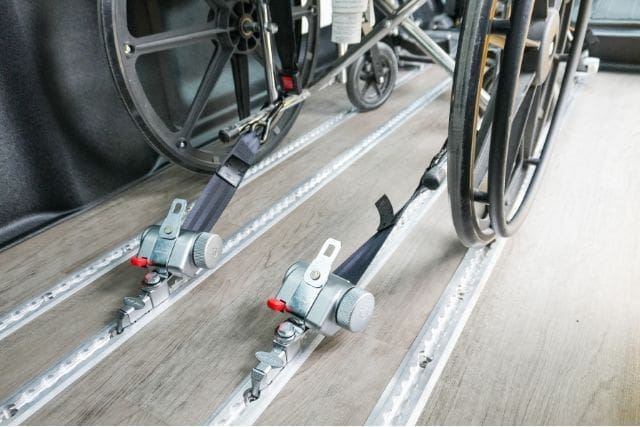
A wheelchair van needs strong restraints to keep passengers safe. Without them, wheelchairs can slide or tip during a sudden stop, putting riders at risk. That’s why every wheelchair accessible van should have a securement system that locks wheelchairs in place.
MoveMobility vans use a 4-point wheelchair restraint kit for each passenger. This system has four strong straps that attach to the wheelchair, holding it steady during the ride. It’s designed to work with our AutoFloor track system, so you can easily adjust where the restraints go, depending on your needs.
What makes this system great?
Self-tightening straps: They stay snug, even if the van moves suddenly. No constant adjustments are needed.
Reconfigurable setup: Need to move the wheelchair position? No problem. The system adjusts easily.
Wall storage: When not in use, the straps store neatly on the van wall, keeping the space clean and organized.
Crash-tested safety: These restraints meet CMVSS safety standards, proving they can handle real-world impacts.
With proper wheelchair securement, your clients stay safe, your team stays confident, and every trip is smooth.
2. AutoFloor: A strong, crash-tested foundation
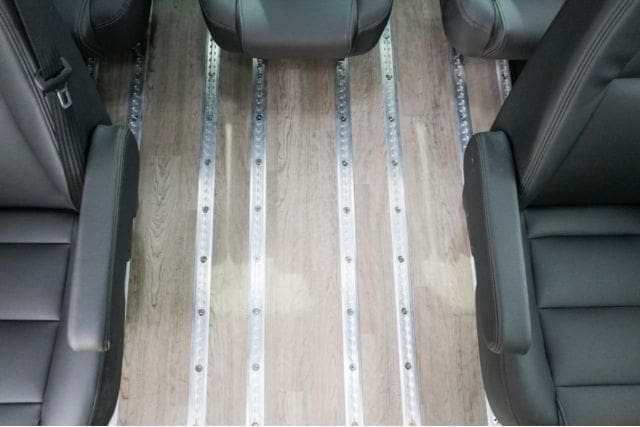
The floor of a wheelchair van does more than just hold seats and wheelchairs; it keeps passengers safe. If a van’s flooring isn’t built for impact, it can weaken over time or even break apart in a crash. That’s a risk you can’t afford to take.
MoveMobility vans use AutoFloor, a crash-tested, pull-tested flooring system designed to handle real-world conditions. This means that if your van is ever in a collision, the floor won’t crack, shift, or fail, keeping passengers and wheelchairs secure.
What makes AutoFloor stand out?
Construit pour durer : Unlike standard flooring, AutoFloor won’t break under pressure. It’s designed to stay strong, no matter how often you reconfigure the van.
Crash-tested safety: Every AutoFloor system meets strict CMVSS safety standards, proving it can withstand high-impact forces.
Flexible setup: The built-in floor track system makes it easy to move and lock wheelchair restraints in different positions, depending on your needs.
With AutoFloor, you can have peace of mind knowing your van has a solid, tested foundation, making every ride as safe as possible.
3. Lap belt securement system: Extra protection for every passenger
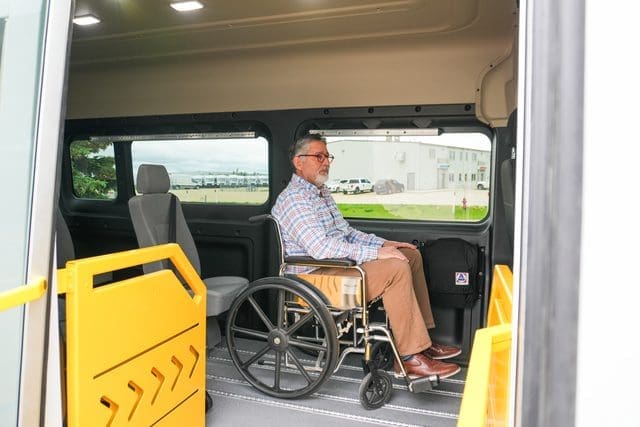
Wheelchair restraints keep the chair in place, but what about the person in it? A securement system isn’t complete without a lap belt to keep passengers safe during sudden stops or sharp turns.
Wheelchair vans at MoveMobility come with a lap belt securement system that works alongside the 4-point wheelchair restraint kit. This extra layer of protection holds the passenger securely in their wheelchair, reducing the risk of injury in a crash.
Why is a lap belt important?
Stops forward movement: In a sudden stop, the belt keeps the passenger from being thrown forward.
Works with wheelchair restraints: While the straps hold the wheelchair in place, the lap belt protects the person inside.
Adjustable for comfort: The belt can be tightened or loosened to fit different passengers properly.
Without a proper lap belt system, passengers in wheelchairs are at risk of serious injury. With it, they get the same level of safety as any other passenger in a vehicle, because their security matters just as much.
4. First aid kit and fire extinguisher: Be prepared for any emergency
Even with the best safety features, emergencies can still happen. That’s why every wheelchair accessible van should have a first aid kit and a fire extinguisher on board. These small but essential tools can make a big difference when seconds matter.
Why are these safety features important?
First aid kit: Minor injuries, like cuts or scrapes, can happen when loading or unloading passengers. A well-stocked first aid kit helps staff handle small medical issues on the spot.
Fire extinguisher: In the rare case of a fire, having a fire extinguisher on hand can stop a small flame from turning into a disaster.
Easy access: Both the first aid kit and fire extinguisher are mounted in the van, so they’re always within reach.
Simple to use: These emergency tools are designed for quick action, even in stressful situations.
Required safety standards: These features help your organization meet safety regulations for passenger transport.
Having emergency supplies on hand is about making sure your team is prepared to protect passengers in any situation.
5. Handrail (stanchion): Extra stability for safe entry and exit
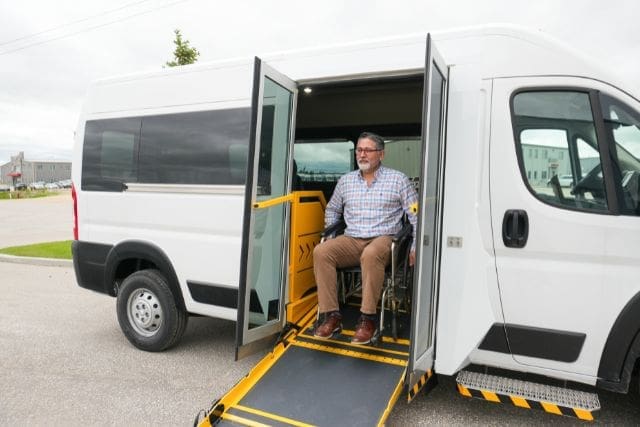
Getting in and out of a wheelchair van can be tricky, especially for passengers with mobility challenges. That’s why having a sturdy handrail, also called a stanchion, is a must. It gives riders and caregivers extra support when stepping up, down, or assisting with a wheelchair.
Why is a handrail important and effective?
Prevents slips and falls: Passengers have something to hold onto for balance while entering or exiting.
Helps caregivers: Staff assisting clients can use the rail for extra stability.
Makes boarding easier: A secure grip gives passengers more confidence as they step into the van.
Mounted on the door: Always within reach, exactly where it’s needed.
Strong and durable: Designed to handle frequent use without loosening or wearing down.
Helps all passengers: Useful for both ambulatory passengers and those who need assistance moving from a wheelchair.
With a stanchion handrail, getting into a wheelchair accessible van feels safer and more secure for both passengers and staff.
6. Running boards: A safer, easier step into the van
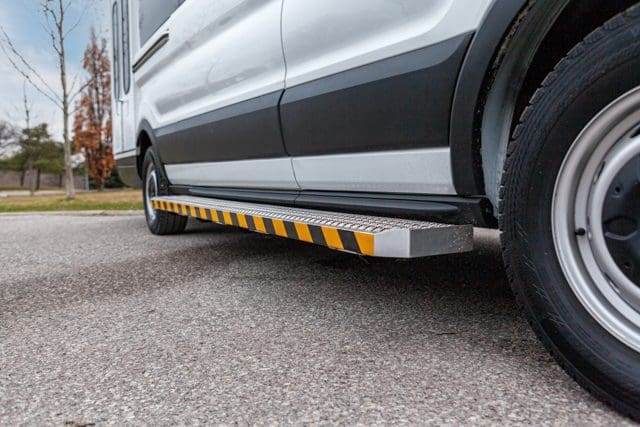
Getting into a wheelchair van shouldn’t feel like climbing a mountain. But for many passengers, a big step up can be tough or even dangerous. That’s where running boards help. They add a sturdy, lower step, making it easier for everyone to get in and out safely.
Why do running boards matter, and what makes them useful?
Lower chance of falls: A lower step means less risk of tripping or losing balance.
Easier for caregivers: Staff helping wheelchair users can step in and out with more control.
Helps all passengers: Not everyone in a wheelchair van uses a wheelchair. Running boards make it safer for those with limited mobility, too.
Strong and wide: Built to handle daily use without bending or breaking.
Slip-resistant surface: Helps prevent slipping, even in rain or snow.
Blends into the van: Looks good while giving ambulatory passengers a safer way to step in.
With running boards, getting into a wheelchair accessible van is easier, safer, and way less of a hassle for both passengers and caregivers.
Want to learn more about the safety features of a wheelchair van?
You came here because you wanted to know what safety features to look for in a wheelchair van. Making the wrong choice can put passengers at risk, increase liability, and create unnecessary challenges for your organization. Now, you have a clear picture of what makes a van safe and how to choose the right one.
Voici un résumé rapide de ce que vous avez appris :
- Essential safety features like wheelchair restraints, lap belts, AutoFloor, running boards, and emergency tools.
- Key safety considerations when buying a van, including driver training and the importance of the National Safety Mark sticker.
- How these features work together to protect passengers and give your team peace of mind.
Au MoveMobility, we create solutions that remove transportation barriers. We’ve helped dozens of organizations like yours and Loft find safe, reliable vehicles that fit their needs. Our team knows how important it is to get this decision right, and we’re here to help you every step of the way.
When it comes to keeping your passengers safe, we don’t take shortcuts because their security, comfort, and dignity matter. If you have any questions, click the button below to talk to a mobility expert.
Not ready to chat yet? Check out our other resources to learn more!
Commencez par consulter notre article sur le Marque nationale de sécurité to learn more about what that entails.
As we’re talking about safety features, you might also be interested in the video below on wheelchair securement in wheelchair vans.


